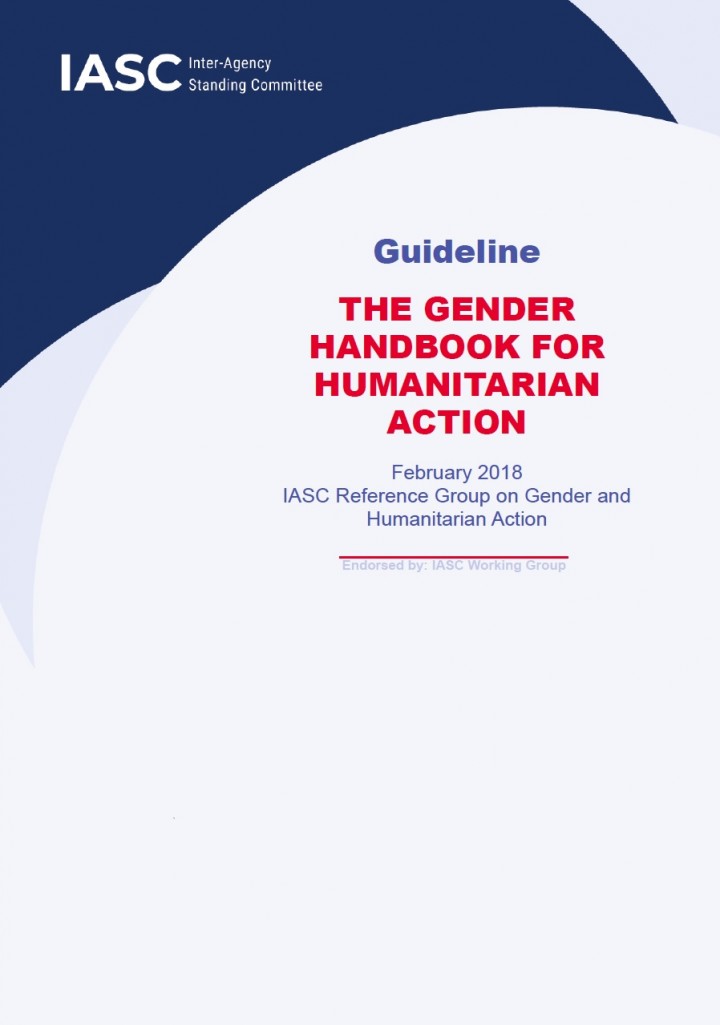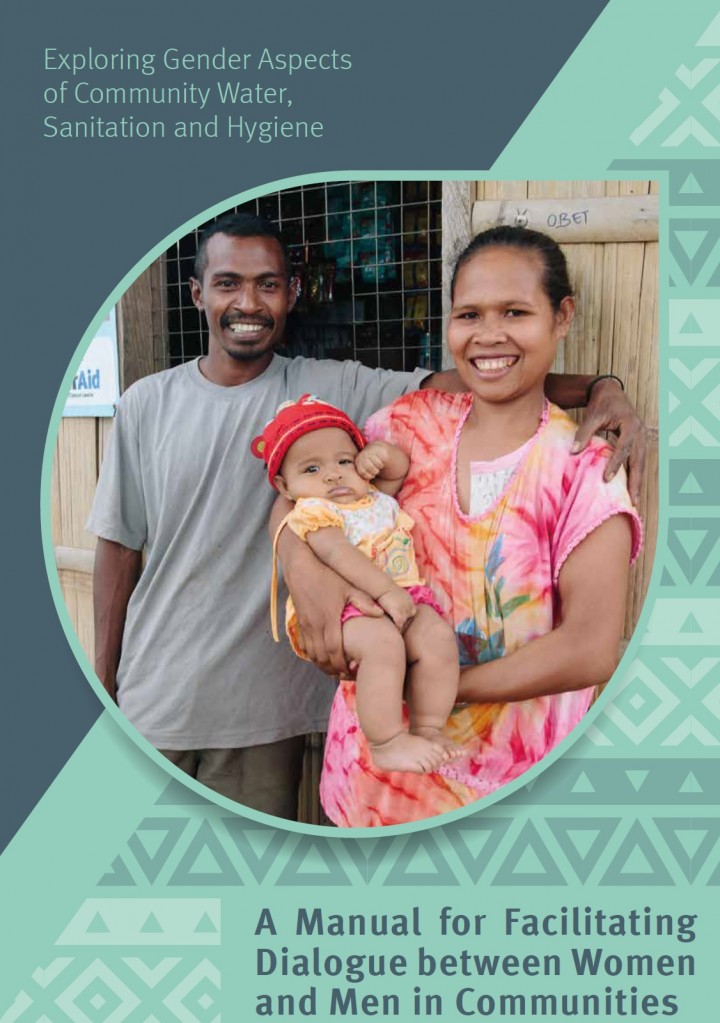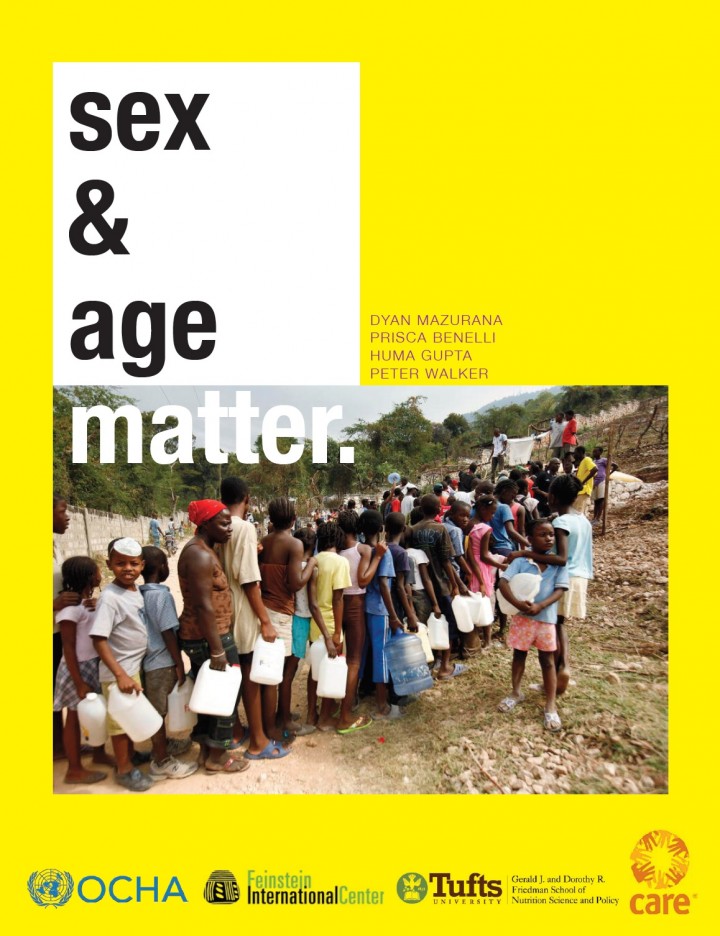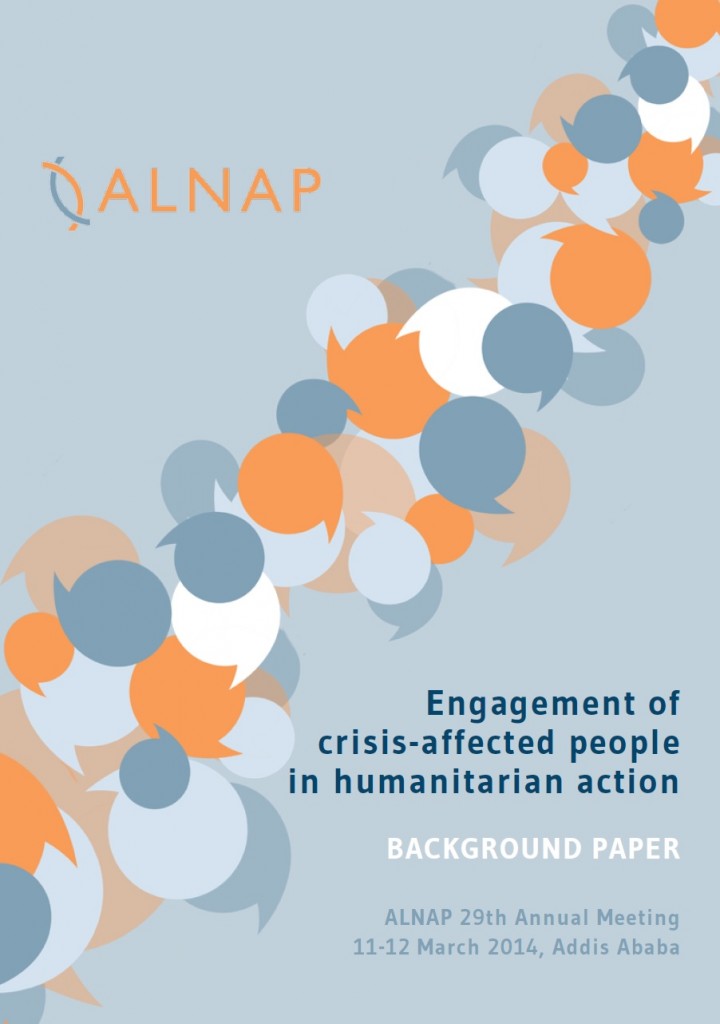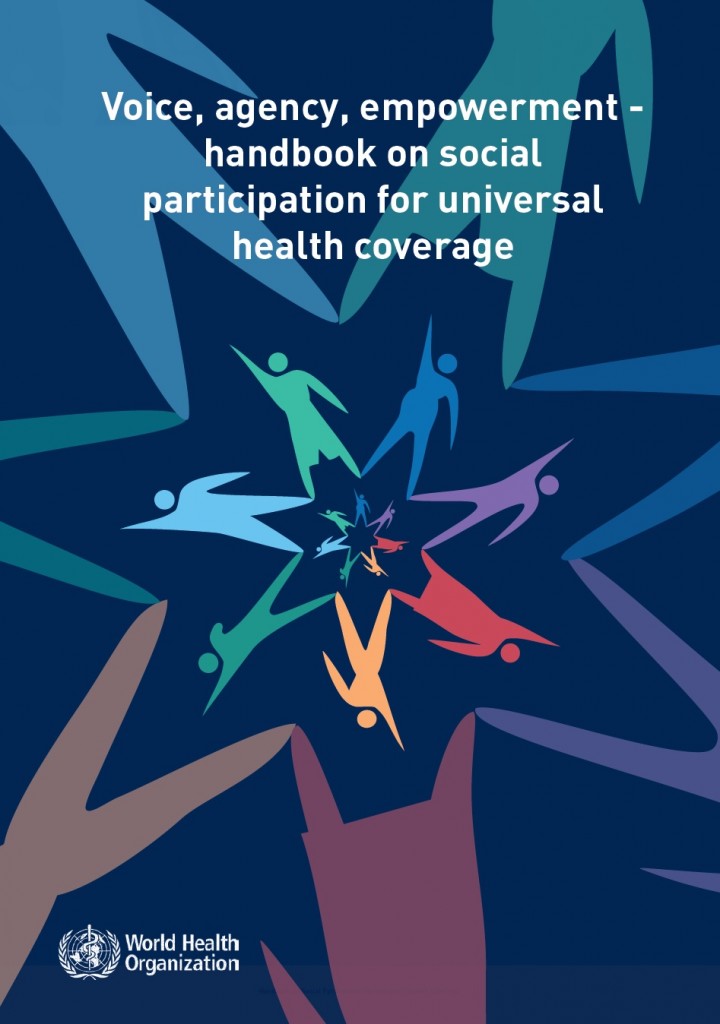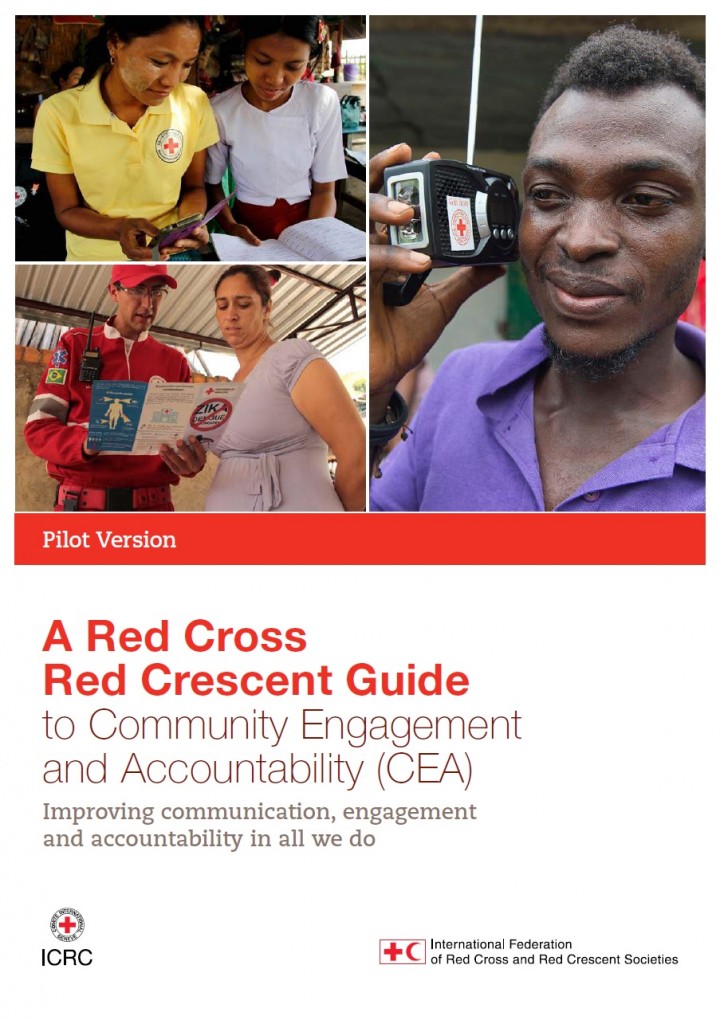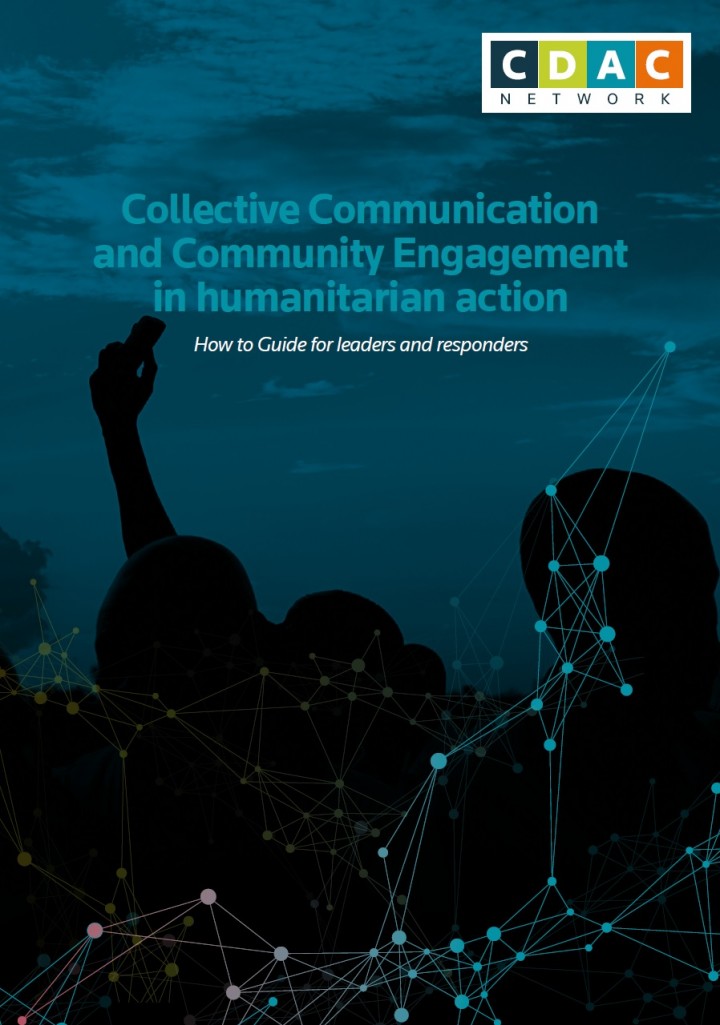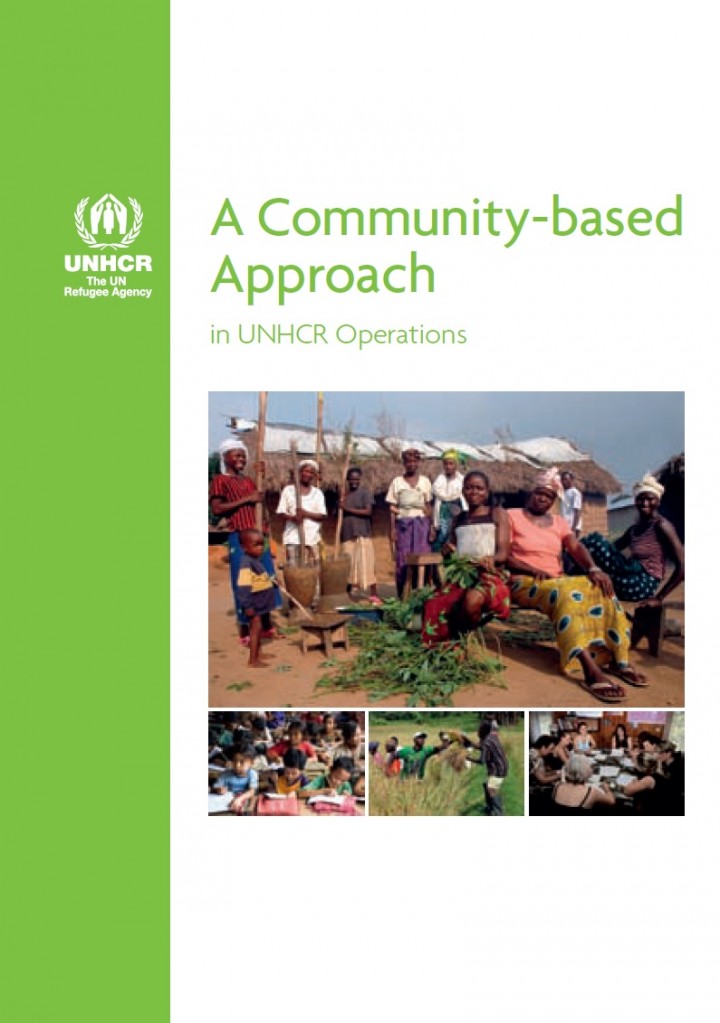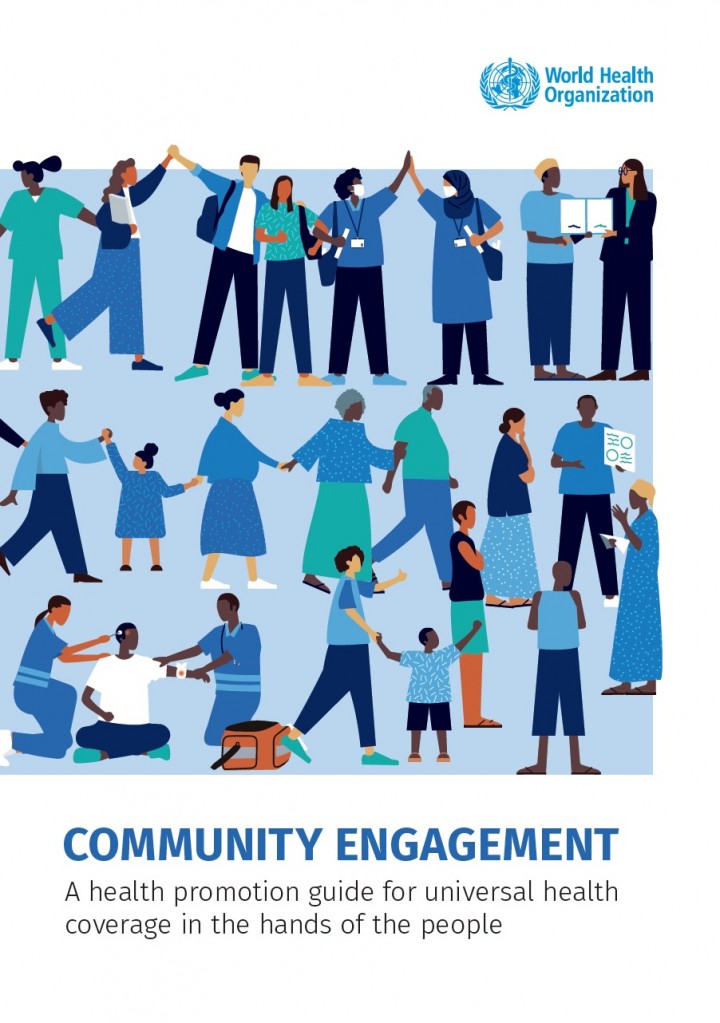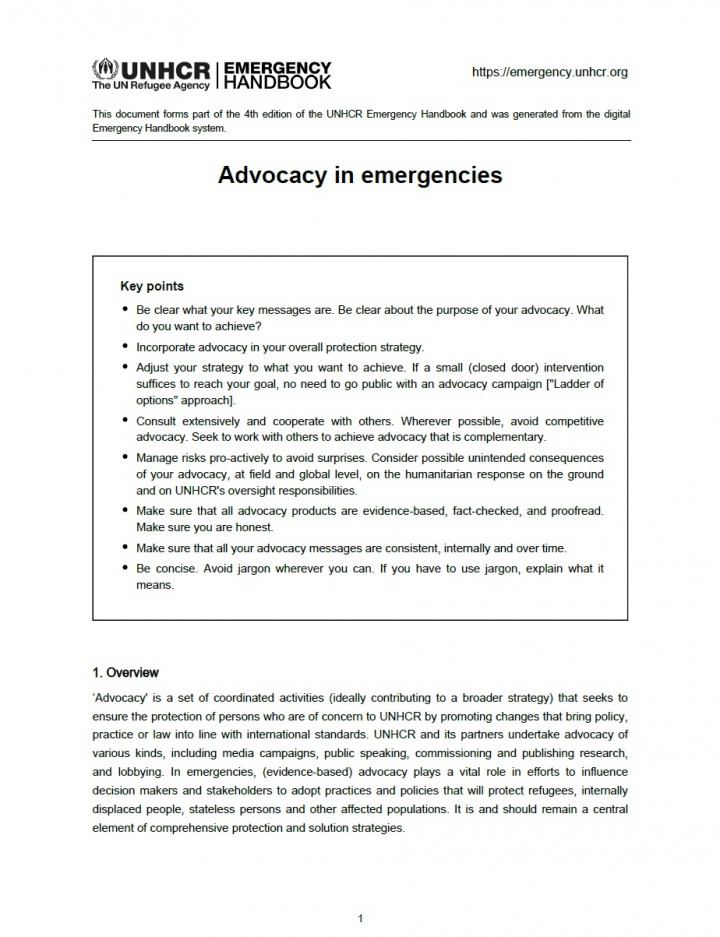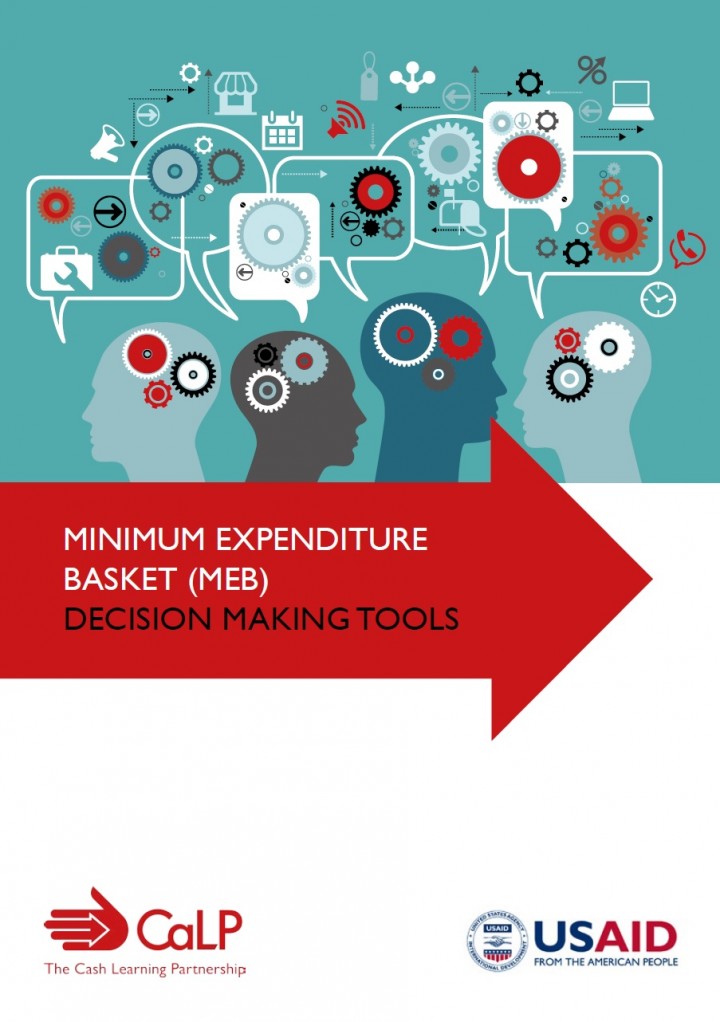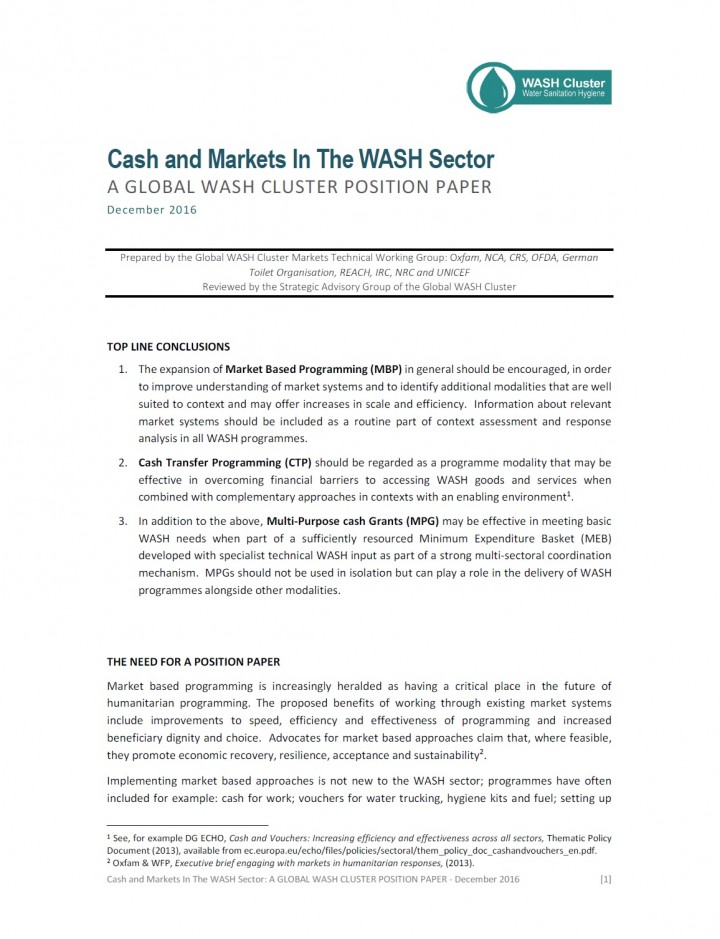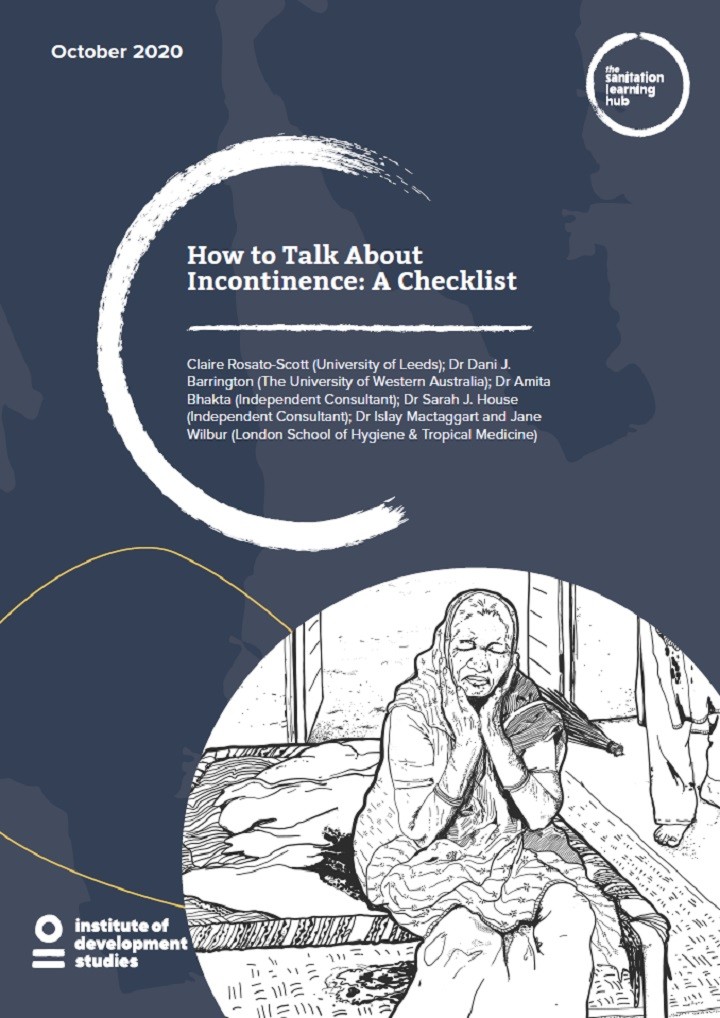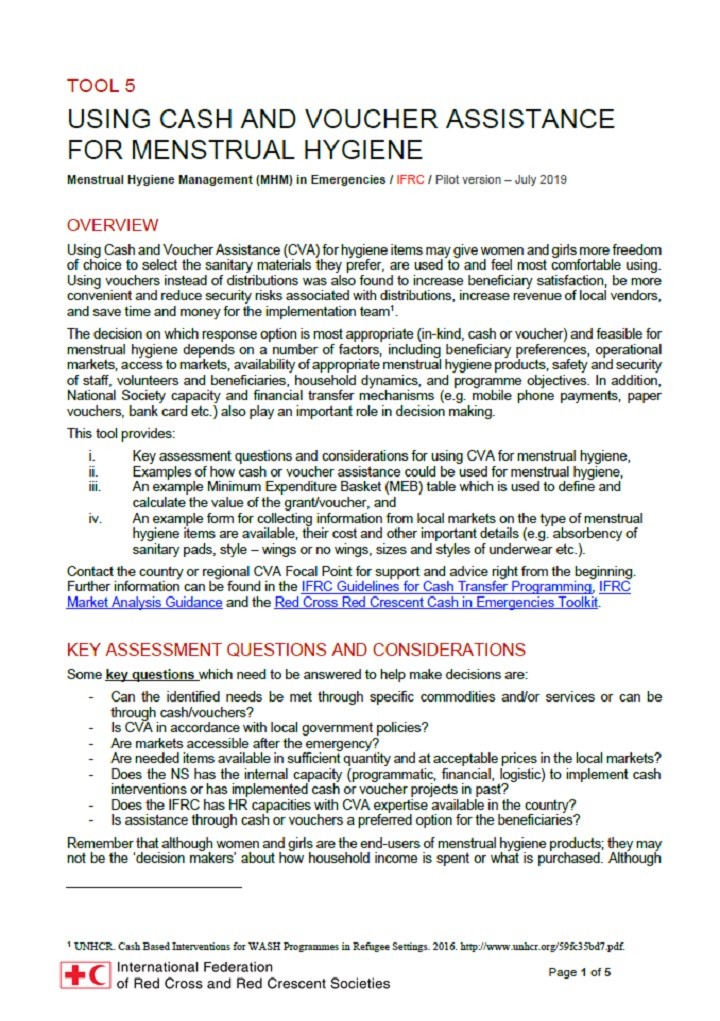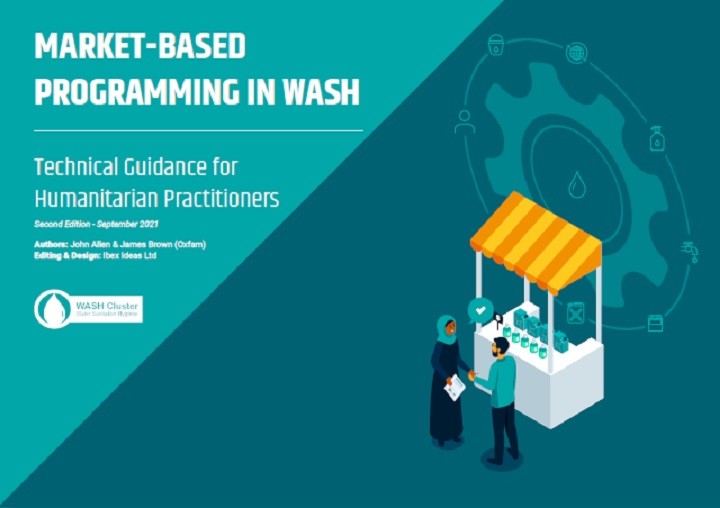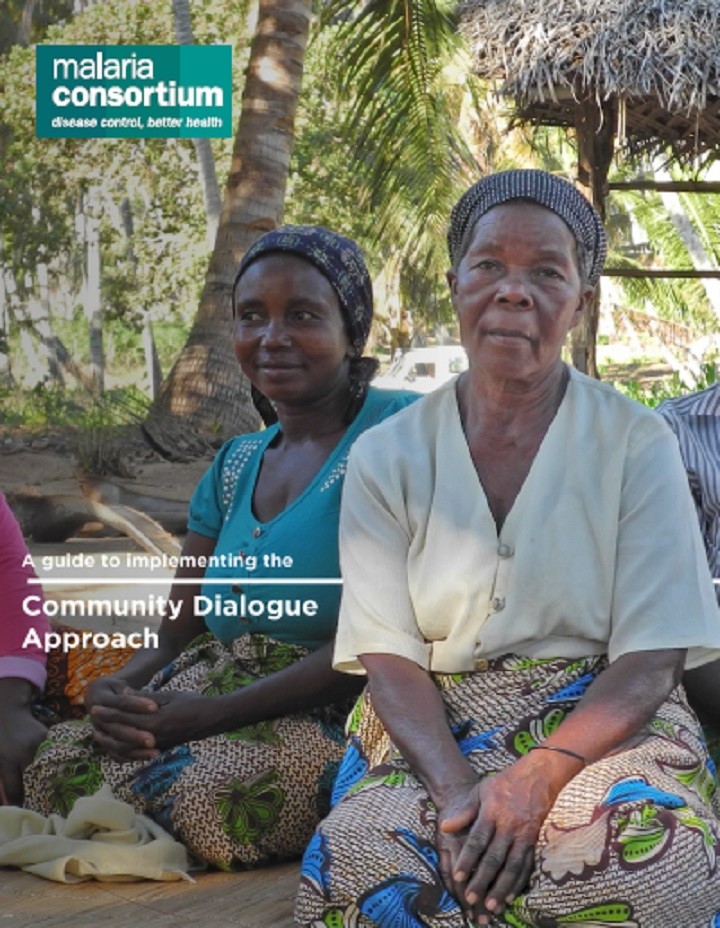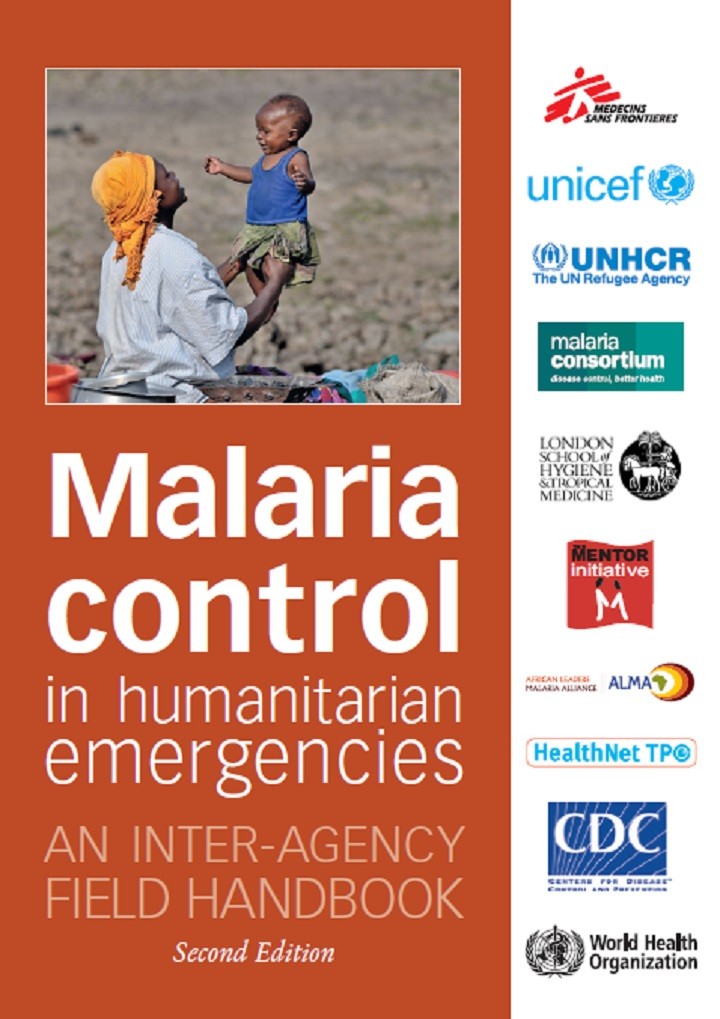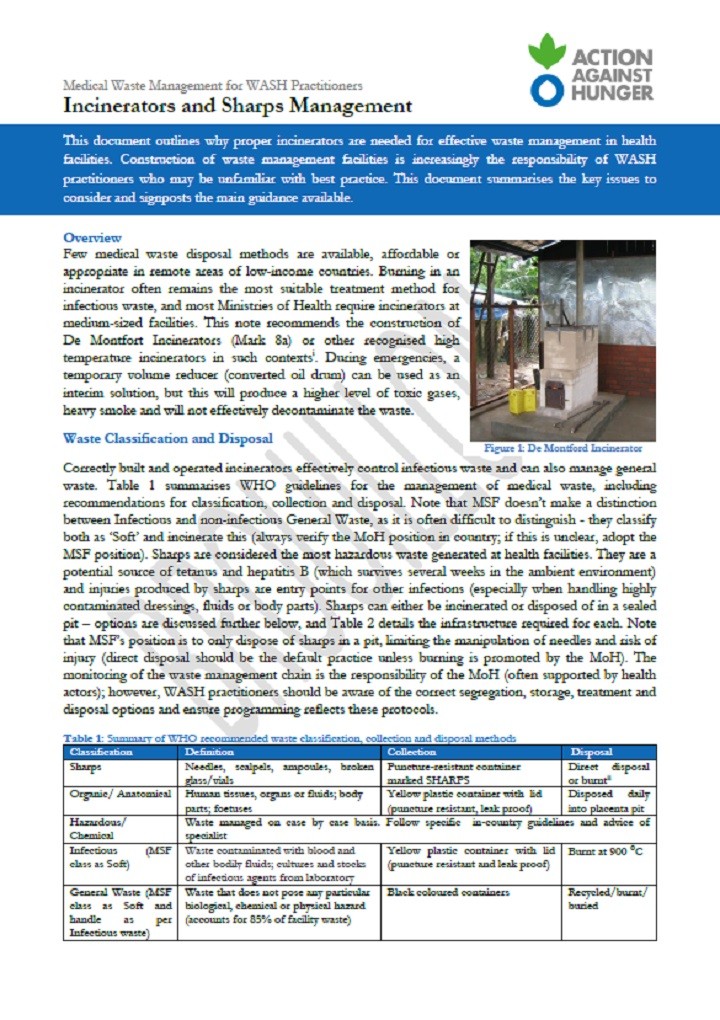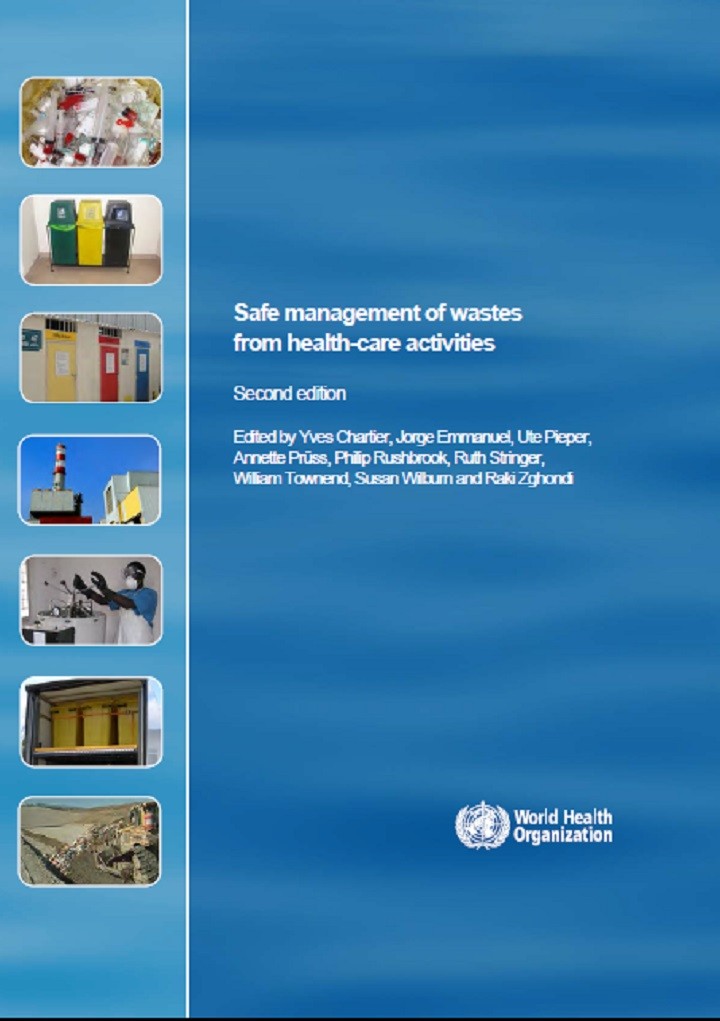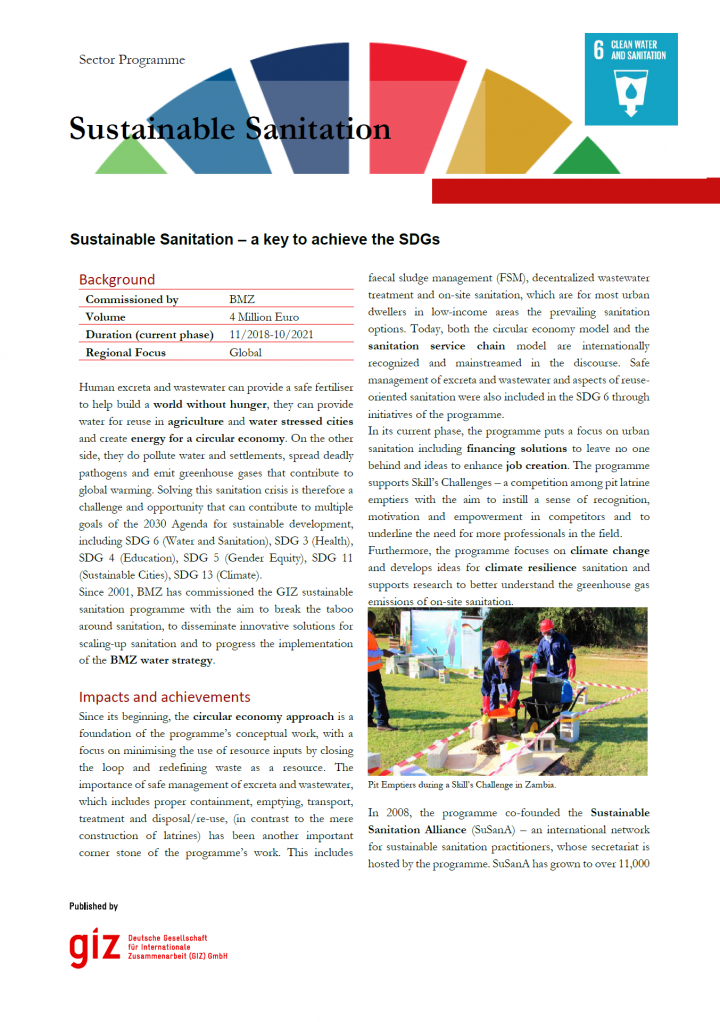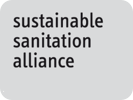IASC (2018) The Gender Handbook for Humanitarian Action
Humanitarian action provides life-saving services and facilitates recovery for communities affected by armed conflict, natural disasters and other complex emergencies. The responsibility of humanitarian actors to promote gender equality is supported by a normative framework validated by extensive field experience. This handbook sets out the rationale for integrating gender equality into humanitarian action and provides practical guidance for doing so across sectors. The main objective is […]
WaterAid (2016) Exploring Gender Aspects of Community Water, Sanitation and Hygiene A Manual for Facilitating Dialogue between Women and Men in Communities
This manual was developed by WaterAid Timor-Leste as a means to integrate gender inequality as a significant consideration in its water, sanitation and hygiene (WASH) programming at the community level. The Manual aims to foster and encourage change towards greater gender equality. The approach is not to conduct formal ‘training’ but to facilitate opportunities for dialogue between women and men in communities in order to build […]
Mazurana, D., Benelli, P., Gupta, H., Walker, P. (2011) Sex and Age Matter Improving Humanitarian Response in Emergencies
Humanitarian aid is largely guided by anecdotes rather than evidence. Currently, the humanitarian system shows significant weaknesses in data collection, analysis and response in all stages of a crisis or emergency. As a result, the present humanitarian system is much less evidence-driven than it should be and than it would like to be. To ensure that vulnerabilities, needs and access to life-saving services are best understood […]
Brown, D., Donini, A., Knox Clarke, P. (2014) Engagement of Crisis-Affected People in Humanitarian Action Background Paper of ALNAP’s 29th Annual Meeting, 11-12 March 2014, Addis Ababa
WHO (2021) Voice, Agency, Empowerment - Handbook on Social Participation for Universal Health Coverage
Social participation is an important means for governments to develop responsive health policies and programmes, which are more likely to be implemented by a broad stakeholder group. It is at the heart of the inclusive governance needed for countries to stake their individual paths towards Universal Health Coverage while ensuring that no one is left behind. As simple as it may seem in theory, it is […]
IFRC, ICRC (2021) A Red Cross Red Crescent Guide to Community Engagement and Accountability (CEA) Improving communication, engagement and accountability in all we do
Community engagement and accountability (CEA) is an approach to Red Cross and Red Crescent programming and operations. It is supported by a set of activities that help put communities at the centre of what we do, by integrating communication and participation throughout the programme cycle or operation. CEA is the process of and commitment to providing timely, relevant and actionable life-saving and life-enhancing information to communities. […]
CDAC Network (2019) Collective Communication and Community Engagement in Humanitarian Action How to Guide for Leaders and Responders
It is well recognised that good communication and participation are prerequisites for successful community engagement in development and humanitarian action. We need more sustained dialogue and meaningful interaction with the people we serve so that they can take informed decisions and play an active or lead role in the aid they receive. So how do we get better at working alongside people affected by disaster? […]
UNHCR (2008) Manual on a Community Based Approach in UNHCR Operations
WHO (2020) Community Engagement A Health Promotion Guide for Universal Health Coverage in the Hands of the People
WHO has defined community engagement as “a process of developing relationships that enable stakeholders to work together to address health-related issues and promote well-being to achieve positive health impact and outcomes”. There are undeniable benefits to engaging communities in promoting health and wellbeing. At its core, community engagement enables changes in behaviour, environments, policies, programmes and practices within communities. There are different levels, depths and […]
UNHCR (0) Emergency Handbook Advocacy in Emergencies
‘Advocacy' is a set of coordinated activities (ideally contributing to a broader strategy) that seeks to ensure the protection of persons who are of concern to UNHCR by promoting changes that bring policy, practice or law into line with international standards. UNHCR and its partners undertake advocacy of various kinds, including media campaigns, public speaking, commissioning and publishing research, and lobbying. In emergencies, (evidence-based) advocacy […]
Klein, N., Baizan, P.G. (2020) Minimum Expenditure Basket (MEB) Decision Making Tools
A Minimum Expenditure Basket (MEB) is a tool used by cash and vouchers assistance (CVA) actors to: support the calculation of the transfer amount of a multipurpose/multisectoral cash grant, contribute to better vulnerability analysis and monitoring, and improve collaboration. What makes an MEB unique and worthwhile is its binding power. When different agencies coordinate to jointly build an MEB they can agree on some of […]
Global WASH Cluster (GWC) (2016) Cash and Markets in the WASH Sector A GWC Position Paper
Market based programming is increasingly heralded as having a critical place in the future of humanitarian programming. The proposed benefits of working through existing market systems include improvements to speed, efficiency and effectiveness of programming and increased beneficiary dignity and choice. Advocates for market based approaches claim that, where feasible, they promote economic recovery, resilience, acceptance and sustainability2. Implementing market based approaches is not new to […]
Rosato-Scott, C., Barrington, D.J., Bhakta, A., House, S.J., Mactaggart, I., Wilbur, J. (2020) How to Talk About Incontinence: A Checklist
The checklist can be used to increase the understanding of incontinence and the options available to support people living with the condition; and provide guidance on how to have conversations to understand how best to support people living with incontinence in your area.
IFRC (2019) Using Cash and Voucher Assistance for Menstrual Hygiene
Using Cash and Voucher Assistance (CVA) for hygiene items may give women and girls more freedom of choice to select the sanitary materials they prefer, are used to and feel most comfortable using. Using vouchers instead of distributions was also found to increase beneficiary satisfaction, be more convenient and reduce security risks associated with distributions, increase revenue of local vendors, and save time and money […]
Allen, J., Brown, J. (2021) Market-Based Programming in WASH. Technical Guidance for Humanitarian Practitioners. 2nd Edition
Malaria Consortium (2018) A Guide to Implementing the Community Dialogue Approach
This guide is intended for health programme implementers who want to help communities make healthy choices. It introduces the Community Dialogue Approach, an innovative and participatory approach used to help achieve and sustain social action towards improving the health of communities. The approach could be considered both a community engagement and social and behaviour change intervention.
WHO (2013) Malaria Control in Humanitarian Emergencies
This interagency handbook was developed to set out effective malaria control responses in humanitarian emergencies, particularly during the acute phase when reliance on international humanitarian assistance is greatest. It provides policy-makers, planners, and field coordinators with practical advice on designing and implementing measures to reduce malaria morbidity and mortality in both man-made and natural disasters. Such measures must address the needs of all affected population […]
ACF (2017) Medical Waste Management for WASH Practitioners. Incinerators and Sharps Management
This document outlines why proper incinerators are needed for effective waste management in health facilities. Construction of waste management facilities is increasingly the responsibility of WASH practitioners who may be unfamiliar with best practice. This document summarises the key issues to consider and signposts the main guidance available.
Chartier, Y., Emmanuel, J., Pieper, U., Prüss, A., Rushbrook, P., Stringer, R., Townend, W., Wilburn, S., Zghondi, R. (2014) Safe Management of Wastes from Health-Care Activities. 2nd Edition
The waste produced in the course of health-care activities, from contaminated needles to radioactive isotopes, carries a greater potential for causing infection and injury than any other type of waste, and inadequate or inappropriate management is likely to have serious public health consequences and deleterious effects on the environment. This handbook – the result of extensive international consultation and collaboration – provides comprehensive guidance on safe, […]
GIZ (2020) GIZ Sustainable Sanitation Programme Factsheet
Human excreta and wastewater can provide a safe fertiliser to help build a world without hunger, they can provide water for reuse in agriculture and water stressed cities and create energy for a circular economy. On the other side, they do pollute water and settlements, spread deadly pathogens and emit greenhouse gases that contribute to global warming. Solving this sanitation crisis is therefore a challenge and […]
